On my balcony I have a satellite dish and two coaxial cables attached to it. I don't use that dish, and I want to remove it and reuse those coaxial cables to power some other device on the balcony (a kind of IoT stuff).
Can I send DC power over that coaxial cable? If yes, then can I use a single cable and its centre wire as positive and outer wire mesh and foil as ground?
